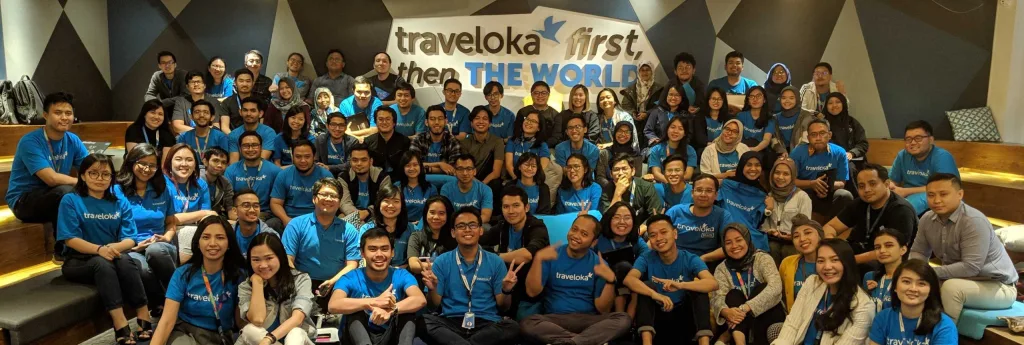
People said that the only thing certain is uncertainty. We deal with uncertainty every time and sometimes it is very painful to face one.
In a product development, we found a lot of uncertainties in every aspects. It is uncertain what product or feature that the user need, we are unsure what kind of risk that we will face, it is uncertain how long it will take to build the product, and so on. There are endless uncertainty that waiting for us in our journey as a Product Manager, so become comfortable when facing it is one of the most important traits of a PM.
In this article, I will focus on one uncertainty that is very often faced by a Product Manager. It is the uncertainty in the project timeline. Creating a timeline is very complex and difficult. There are a lot of factors that could affecting the timeline. Many Product Managers are not comfortable to give an ETA of a project to their stakeholders because there are a lot of uncertainties and dependencies. They don’t want to commit on timeline that is still uncertain for them. As the result, the stakeholders feel that the project always postponed without any visibility on when it will be finished. It will depleting the trust of the stakeholders to the Product Manager and impacting their credibility.
So, what should we do in this situation? We need to provide a certainty in this uncertainty. A ballpark figure or plan is acceptable in this situation. The estimation might not be accurate, but it is okay as long as it is not off too much and we can give a valid explanation if the timeline is miss from our initial plan. Most of the stakeholders will understand and for them, the ballpark is better than just left in the dark without any plan or estimation.
Here what you can do to estimate the timeline:
1. Determine the scope and break down the module into smaller tasks
The first thing that you need to do to determine the timeline is by break it down into a smaller and more manageable task. Most of the time, we are not comfortable to give any estimation because there are a lot of uncertainties in the big task. If we break it down into smaller tasks, we will have a better visibility about the complexity.
2. Estimate the timeline of each task
After having a good visibility by breaking down the project, we can start to estimate the timeline. Sometimes, it is just a small part of the project that is hard to estimate. By breaking down the project into smaller pieces, we can estimate the other bigger part quite easily. For tasks which have big uncertainty, you can give some buffers in the timeline to prepare if things go wrong. Determining the buffer is not easy. You need to decide the buffer based on your judgement and the complexity of the task. There are a lot of project management technique out there to determine the project buffer.
3. Follow up each task to the respective team
After deciding the timeline, what a PM need to do is to regularly check on the progress update of each task. For some of us, it could make us feel bad asking for the status update regularly to our teammates. It is OK and you don’t need to feel bad as it is part of your job as a PM. There are several things that you can do to reduce the guilty feeling: first, ask the ETA to your teammates and ask for the update based on the ETA. That way you can hold your team member to be accountable to the ETA that they give. Second, setup a regular status update meeting. It can be daily or weekly depends on the team and project dynamic.
4. Actively engage and update the timeline to the relevant stakeholders
Lastly, you need to keep all related stakeholders updated regarding the status of the project. If you figured out that the timeline will need to be postponed, then you must update all stakeholders and provide the valid reason as soon as possible before they find it out by themself. If the blockers is the other team, then you can provide the PIC of that blockers so the stakeholders are well informed. Some stakeholders might be able to help us to fasten the process or reprioritize the project of the other team so our task will get more resource and attention. Remember that communication is the key and it is better to over communicate than leaving the stakeholders in the dark.





Leave a comment